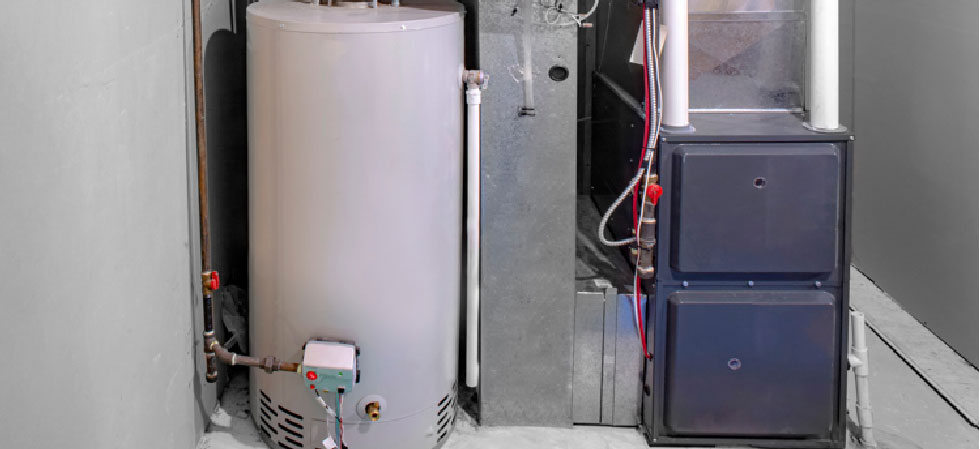
Lawsuits seeking compensation for alleged injuries arising from carbon monoxide exposure are not new to the propane industry. However, in recent years, plaintiffs’ lawyers have gravitated to “low-level” exposure lawsuits, including cases like the carbon monoxide exposure lawsuit dismissed in Illinois. Often these suits involve claims of allegedly small amounts of carbon monoxide emitted when a gas cookstove is in use. Long-term exposure to these trace amounts of carbon monoxide, they say, causes injury to their clients.
A recent case shows one way to attack these kinds of cases. On Aug. 26, the Appellate Court of Illinois affirmed the dismissal of a carbon monoxide exposure lawsuit. While the case involves a natural gas water heater and the defendant was a landlord rather than the gas supplier, it is still instructive for those in the propane industry. The case is Clark v. Albiero.
Improper Installation
In June 2014, Elli Clark rented a Chicago apartment from Greg Albiero and Mark Zampardo. The apartment was on the second floor of a small, three-unit apartment building. There was a water heater, fueled by natural gas, in a utility closet in this apartment.
In 2015, an inspector from the gas utility conducted an inspection of the building’s gas system in connection with a reactivation of gas service. He reported that the draft diverter on the gas water heater was improperly installed.
The purpose of a draft hood or draft diverter on a gas water heater is to help maintain a constant draft of exhaust gases in the venting system of the appliance. The gas utility inspector later testified that carbon monoxide is a common exhaust gas produced by a gas appliance and that the purpose of the draft diverter is to make sure that exhaust fumes from a water heater do not leak into a residential area. There is no evidence that this inspector used a carbon monoxide detector to see whether dangerous fumes were actually entering the apartment.
Connected With Tape
At some point in 2017, a home inspector conducted an inspection of the apartment building in connection with a potential sale of the building. This inspector also found an issue with the draft hood on the water heater. He found that the draft diverter was taped in place, and that the flex vent was also connected to the draft diverter with tape. The use of tape to make these connections was, he concluded, improper.
Presumably, this is the same condition that prompted the gas utility inspector to take issue with the installation of the draft diverter two years earlier. This inspector later testified that he had a concern regarding the potential for carbon monoxide entering the apartment. However, he did not use a detector to establish whether or not this was happening.
Clark apparently learned of the results of the 2017 inspection, and she claimed that she had been suffering a variety of symptoms related to carbon monoxide exposure, as well as exposure to other toxins. There is no evidence in the court opinion to any testing inside the apartment to see whether carbon monoxide or any other dangerous gases were in fact present in any concentration.
In any event, Clark moved out of the apartment in September 2017 and later sued her landlords.
Insufficient Evidence?
The defendant landlords denied the allegations and claimed the whole case was based on speculation. They filed a motion for summary judgment, asserting Clark had failed to produce evidence that carbon monoxide had actually leaked into the apartment, and also that she had failed to produce sufficient evidence that her symptoms were connected to carbon monoxide exposure. The Circuit Court of Cook County granted that motion, and Clark appealed.
The appellate court first addressed Clark’s argument that she had presented sufficient evidence that carbon monoxide had in fact leaked from the water heater into the apartment.
Clark had relied on the testimony of the gas utility inspector that carbon monoxide is the most common exhaust component from natural gas appliances and that he had a concern about the potential for carbon monoxide entering the apartment.
However, the court said that it would be “a matter of speculation, surmise or conjecture” to conclude, based on this testimony, that carbon monoxide, in fact, entered the apartment.
“The only evidence upon which an inference could be based is the gas company inspector’s testimony that carbon monoxide is the most common exhaust from gas appliances like the water heater and the home inspector’s concern about the ‘potential’ of ‘[carbon monoxide] entering the living space.’ Neither inspector testified that the water heater at issue was leaking carbon monoxide into the apartment. That this water heater was leaking carbon monoxide into the apartment is only a ‘possible’ conclusion that may be drawn; and plaintiff has cited no evidence it is the probable conclusion that may be drawn from the evidence.”
This finding alone was enough to affirm dismissal of Clark’s lawsuit, but the court went further. It focused on whether Clark’s alleged injuries, which were “health issues and cognitive and executive deficits that developed while living in the apartment,” were actually caused by exposure to carbon monoxide.
Symptoms Improve?
On this point, Clark relied on her own testimony that “some of [her] conditions began to improve after she moved out of the apartment,” and the testimony of several doctors that her symptoms “could” have been caused by carbon monoxide exposure. The court concluded that this was insufficient to defeat the landlords’ summary judgment motion.
The court held that, under Illinois law, Clark had to come forward with evidence that would “affirmatively and positively show” that her injuries were caused by exposure to carbon monoxide coming from the water heater. She failed to do this, and her claim therefore was properly dismissed by the trial court:
“The mere possibility that the defendants’ negligence could have caused plaintiff’s alleged injuries fails to provide the necessary causal relationship between defendants’ alleged negligence and plaintiff’s injuries to establish proximate cause. We find that plaintiff has failed to establish proximate cause by direct or circumstantial evidence of a causal connection between a toxic exposure to carbon monoxide and plaintiff’s alleged injuries; and, therefore, plaintiff has failed to make a prima facie case of negligence.”
To date, there is no evidence that Clark has filed an appeal of this ruling to the Illinois Supreme Court.


